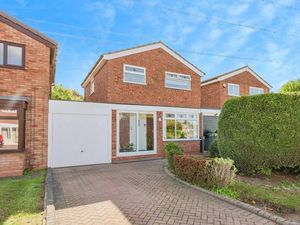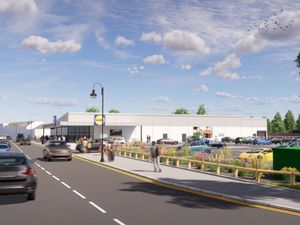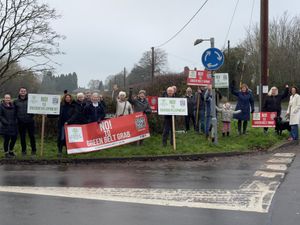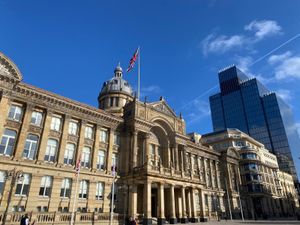Revealed: The green belt sites on your doorstep planned for 70,000 homes
A list of green belt sites in the Black Country that could come under threat from developers has been drawn up by housing experts.
Local authorities are coming under pressure to earmark green belt sites to help towards meeting the huge demand for housing over the next two decades.
It can now be revealed which plots of land officials consider could be let go causing the least impact on communities.
A new report prepared as part of the Black Country Plan, a strategy for deciding where homes will be built in the region, has identified green belt sites which would cause ‘least harm’ if they were to be developed.
More than 70,000 homes need to be built in the region by 2038.
Take a look at the 26 areas where homes could be built
WOLVERHAMPTON
South of Kitchen Lane, Ashmore Park
South of Wobaston Road near Fordhouses Cricket Club
North of Renton Road, backing onto Ormiston North East Wolverhampton Academy and Rakegate Primary School, Oxley
Around Wolverhampton Racecourse and Oxley Park Golf Club
Between sewage works and Aldersley Leisure Village
Next to Wolverhampton College Paget Road campus
North of Perton Road, Wightwick
SANDWELL
North of Charlemont Road, near M5
Around Red House Park, Great Barr
Either side of M6, just west of Junction 7, Great Barr
West of M6, Great Barr, north of Holly Wood Nature Reserve
Around Netherall Avenue, Great Barr
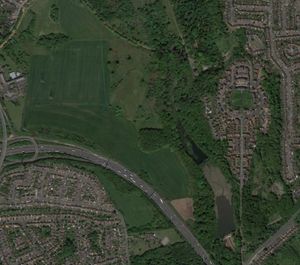
DUDLEY
Around Ellowes Hall School, Lower Gornal
South of Milking Bank and Dibdale Road and Milking Bank Park, London Fields
South of Summerhill School, Kingswinford
Near The Dell Stadium, Brierley Hill
East of High Street, Wordsley, near The Wordsley School
North east of Ashwood Primary School, Wordsley
East of Hyperion Road, Wollaston
South of Ridgewood High School, Wollaston
WALSALL
East of Knights Hill, Aldridge
Between M6 Toll and Albutts Road, Brownhills West
North of Northfields Way, Clayhanger
Swannies Field and land north, Harden
North of Ahsbourne Road, Little Bloxwich
Around Abbey Primary School, Mossley
Sites listed as 'low' impact on communities
A comprehensive study of the Black Country green belt has assessed the level of harm that would be caused if certain plots were to be released for development. A raft were categorised as low harm.
They include a large site incorporating Wolverhampton Racecourse and Oxley Golf Club, stretching from Pendeford to Newbridge, and another plot close to Wolverhampton College’s Paget Road campus, which is due to be sold off.
Releasing land near Fordhouses Cricket Club and the back of the North East Wolverhampton Academy would have “very low” impact, according to the report.
Land off Aldersley Road, between the sewage works and Aldersley Leisure Village could also potentially be developed, along with another plot bordering Smestow School and the River Stour.
In Dudley, a site north of Tipton Road, Woodsetton, has being marked as ‘low-harm’ as well as another site around Milking Bank Park, London Fields.
Land around Ellowes Hall School could also be up for grabs after being designated low harm, along with a chunk of land opposite Russells Hall Hospital.
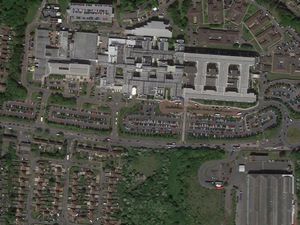
A site in Wordsley, near Ashwood Park Primary School, is another.
Nearly 50 acres of land at Red House Park, Great Barr, has been included on the low harm list.
A small pocket of land in Sandwell have been identified, including north of Charlemont Road, West Bromwich, next to the M5, as well as two sites either side of the M6 at Great Barr.
In Walsall, sites north of Northfields Way, Brownhills, and east of Knights Hill, Aldridge, have been included, along with land next to Abbey Primary School in Mossley.
More than 70 acres off Goscote Lane, including a park, is described as having very low impact if it were to be lost.
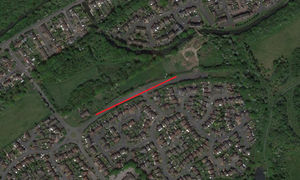
The authors of the report stress identifying these sites does not necessarily mean they would end up being built on, but that they were likely to be easier to develop should they be targeted and cause less of a stir among locals.
The report says: “While the ideal would be to minimise harm to the green belt, it may be that the most sustainable locations for development will result in very high harm to the green belt.
“This assessment of harm to green belt purposes does not draw conclusions as to where land should be released to accommodate development, but identifies the relative variations in the harm to the designation.”
Council leaders have also insisted no decisions have yet been made over where homes will be built as part of the Black Country Plan.
Attempts to grab the green belt have already sparked concern, with a plan to build a huge housing estate on Seven Cornfields, between Wolverhampton and Sedgley, prompting a public backlash.

West Midlands Mayor Andy Street has insisted homes should be built on brownfield sites, those previously developed such as derelict factories, wherever possible to protect the green belt.
And Stuart Anderson, Conservative MP for Wolverhampton North East, agrees.
He insisted there was no need to develop any green belt as he believes the housing targets can be met by redeveloping brownfield sites.
He said: “I don’t believe we need to touch any green belt in Wolverhampton. It’s very limited.
“We’ve got to do brownfield first, we need to be clear on that. It’s easy to say ‘let’s build on the green belt’.
“We can look at building up, diversification, there are so many areas of brownfield across Wolverhampton and the Black Country that are eyesores and it requires a bit more work and a bit more thinking.”
‘It’s subjective – nobody wants to lose fields near them’
The importance of green belt will always be decided by those who live closest to it, a campaigner said after publication of sites deemed to be ‘low harm’ if they were lost.
Plots of land were given a rating based on several factors including how close they were to built up areas and if they were considered to be a crucial part of the countryside.
More than 25 sites across the Black Country have been classed as low harm.
Tony North is among campaigners trying to prevent the controversial Seven Cornfields development between Wolverhampton and Sedgley.
He said the importance of different green belt plots were “subjective”.
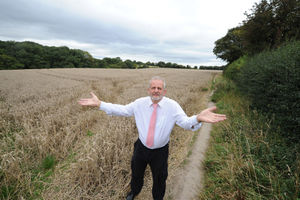
Mr North said: “People will always feel emotional about fields nearest to them.
“People’s view of low harm green belt is very subjective as to whether it’s at the bottom of their garden or not.
“Clearly it’s about the thin end of the wedge – if you start nibbling away at the green belt it sets a precedent.”
Plans to build on the Seven Cornfields site are among several proposed developments to have stoked controversy in the West Midlands.
Others include plans for 2,500 homes between Wednesfield and Essington and 400 homes in Burntwood.
Mr North, aged 73, who is the lead of the Northway Seven Cornfields Action Group, shares the view of politicians including West Midlands Mayor Andy Street that housing experts should focus on previously developed brownfield sites.
He said: “There is a lot of pressure on the Government over the green belt. To some extent some green belt may be surrendered in some parts of the country but everybody’s view is they should go for brownfield sites first.
“We know why developers don’t use these sites; the costs of clearing the site and because they can sell houses in a green belt area at a higher price.”
Mr Street has begun snapping up brownfield sites in an effort to encourage developers to transform them.

